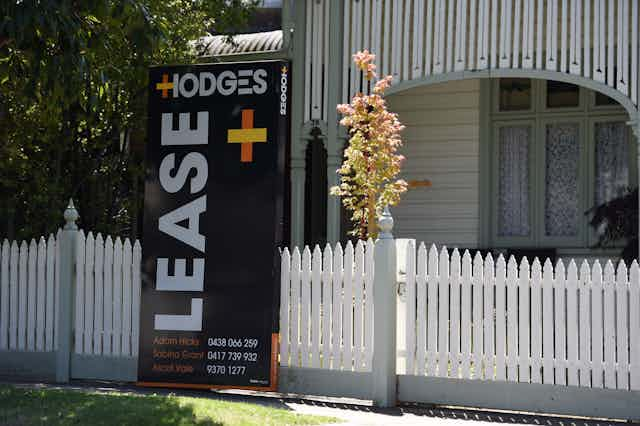The measures in the 2017-18 federal budget targeting the supply of lower-cost rental housing are limited. There are no significant funding increases to social housing and homelessness services. There is no increase in rent assistance to help low-income renters in the private rental market.
Capital gains tax and negative gearing settings remain largely untouched, and the proposed bond aggregator will support expansion of housing aimed at very specific groups.
For the majority of Australia’s renters, housing will remain unaffordable, insecure and out of reach.
Community housing
If private investors get on board, the bond aggregator may help boost the supply of affordable and community housing by providing cheaper financing to community housing providers.
These two forms of housing are extremely important. However, they do little to help most renters.
Eligibility requirements for community housing mean many who require low-cost housing, where rent is calculated at between 25% and 30% of household income, are not able to gain access.
Single older women are among the fastest-growing group of homeless people in Australia. However, most are unable to access community housing because the only eligibility benchmark they meet is their low-income status.
Women not leaving situations of domestic violence or who do not have a recognised disability will find it difficult to qualify for housing before they reach homelessness.
The private rental market these women face is obscene. There is extremely low housing security with the risk of eviction when the standard lease agreement (of six and 12 months) runs out. High rents place sufficient, nutritious food out of reach of their budget, and they face difficulties paying power bills.
Time spent bringing up children, the gendered pay gap and – for some – relationship breakdown are among the factors that lead to this housing experience.
Long waiting lists for social housing and eligibility restrictions mean this year’s budget proposals are likely to fail this group.
Affordable housing
The second target of the bond aggregator is affordable housing. This is housing that is rented at between 75% and 80% of market rent. It is often described as “key worker” housing, where teachers, ambulance drivers and police officers can live.
Affordable housing has an important place in the housing system. However, below-market rents in central, work-rich regions are still extremely high and out of reach for many.
Of more concern, it is unlikely that many of these lower-income workers would be able to maintain their high rents at retirement. This generates two risks:
that the renter is evicted and forced to find housing on the private market, which puts them at high risk of homelessness
that the housing provider continues their commitment to house the tenant securely once their income drops, so the risk here is to the housing provider’s bottom line. They will face a loss of income, as they drop rents from 80% of market value to around 30% of the retired person’s pension.
First home buyers
The budget tips its hat to first home buyers; prospective buyers will now be allowed to save up to A$30,000 at a reduced tax rate. But this is barely one-quarter of a standard 20% deposit for most apartments in Sydney.
Renters who aspire to home ownership and have sufficient income to service a mortgage may benefit from this measure. However, it will do little for the large number of low- and moderate-income households. For this group, spiralling housing costs put home ownership well out of reach.
It is also possible that this measure will add to inflationary pressure on housing prices by boosting demand for entry-level homes. Existing owners who are selling their homes would be the primary beneficiaries.
What’s missing?
There remains a need for courageous government action to tackle the structural inequities in the housing market.
Removing tax incentives that keep investor heat in the market will be essential – and so will increases to social housing budgets.
Investment in a large stock of secure low-cost social housing should be prioritised. Failing this, there will be a need to increase rent assistance payments, particularly in high-cost regions.
But this is far from ideal. More rent assistance will help renters in the short term, but amounts to a subsidy for private landlords in the long term.
Does the government care?
Underpinning much budget analysis is a sense that government should be concerned with the needs of the disadvantaged. Sociologist Keith Jacobs argues we should disavow ourselves of that view, describing housing policy in Australia as a “form of reverse welfarism that exacerbates social inequality”.
Jacobs argues:
… the state should be understood as an agency that sustains the conditions necessary for the finance industry, developers and real estate agents, along with well-off householders and landlords, to reap profits.
The failure of the 2017 budget to tackle tax measures that support individual private investment, and its emphasis on funding social and affordable housing through market investment mechanisms while providing little direct support at the bottom end of the market, does little to challenge this argument.

